|
|
||||||
|
|
|
|||||
| (Zeller 1838) | (Zeller 1838) | (Duponchel 1838) | (Duponchel 1838) | (Duponchel 1838) |
| Gelechioidae - Colephoridae | Gelechioidae - Colephoridae | Parametriotidae - Parametriotinae | Parametriotidae - Parametriotinae | Parametriotidae - Parametriotinae |
| Common Oak Case-bearer - Coleophora lutipenella | Common Oak Case-bearer - Coleophora lutipenella | Hawthorn Cosmet - Blastodacna hellerella | Hawthorn Cosmet - Blastodacna hellerella | Hawthorn Cosmet - Blastodacna hellerella |
| 37.005 BF 490 | 37.005 BF 490 | 39.001 BF 905 | 39.001 BF 905 | 39.001 BF 905 |
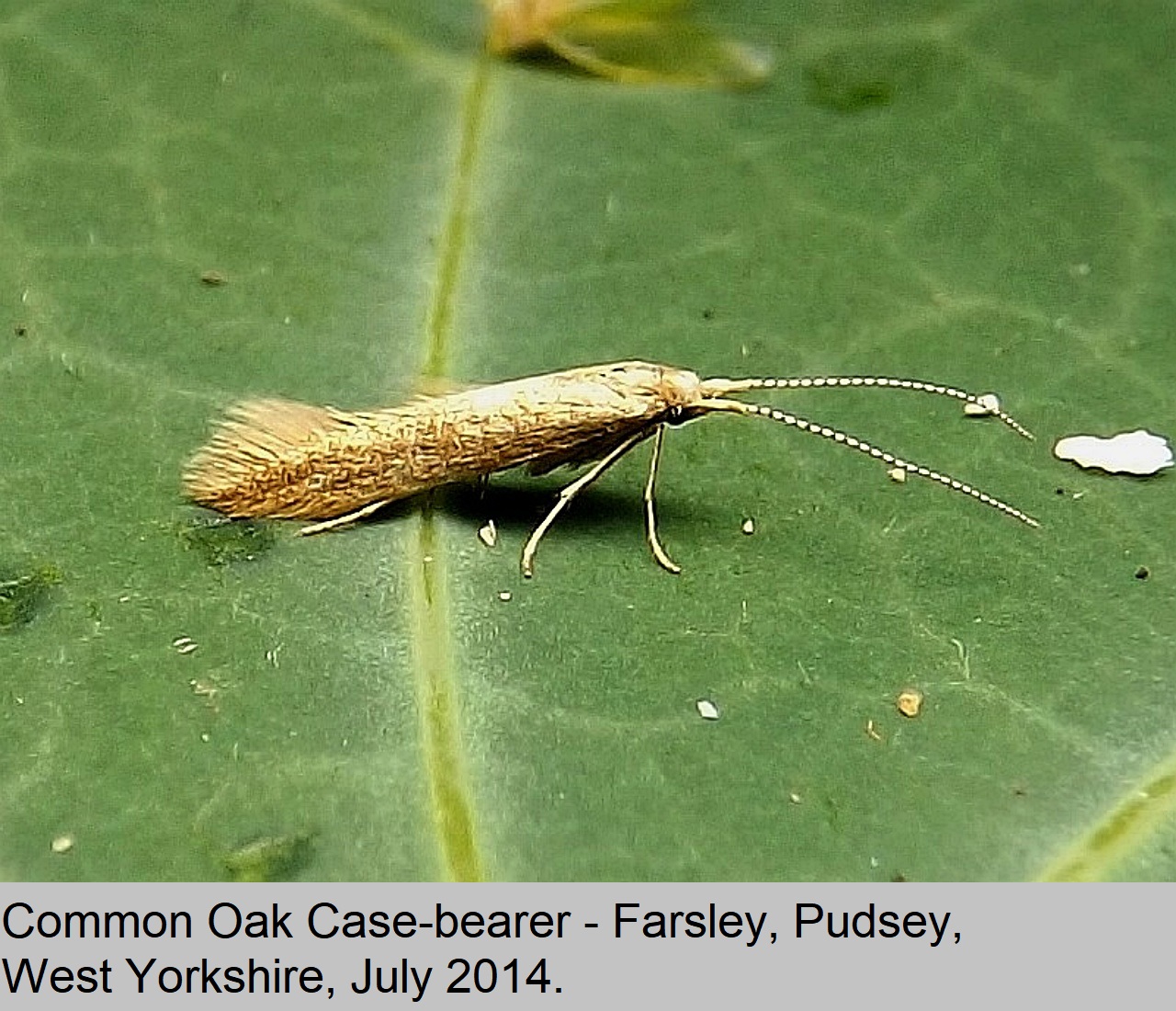 |
Status: Resident in UK. Wing Span: 10mm to 12mm. Flight Period: July and August. Habitat: Oak woodland as well as lone isolated Oaks, and some times found in parks and gardens. Comment: This moth is quite common, and well distributed throughout England, Wales and central Scotland. There is a single record from Ireland. |
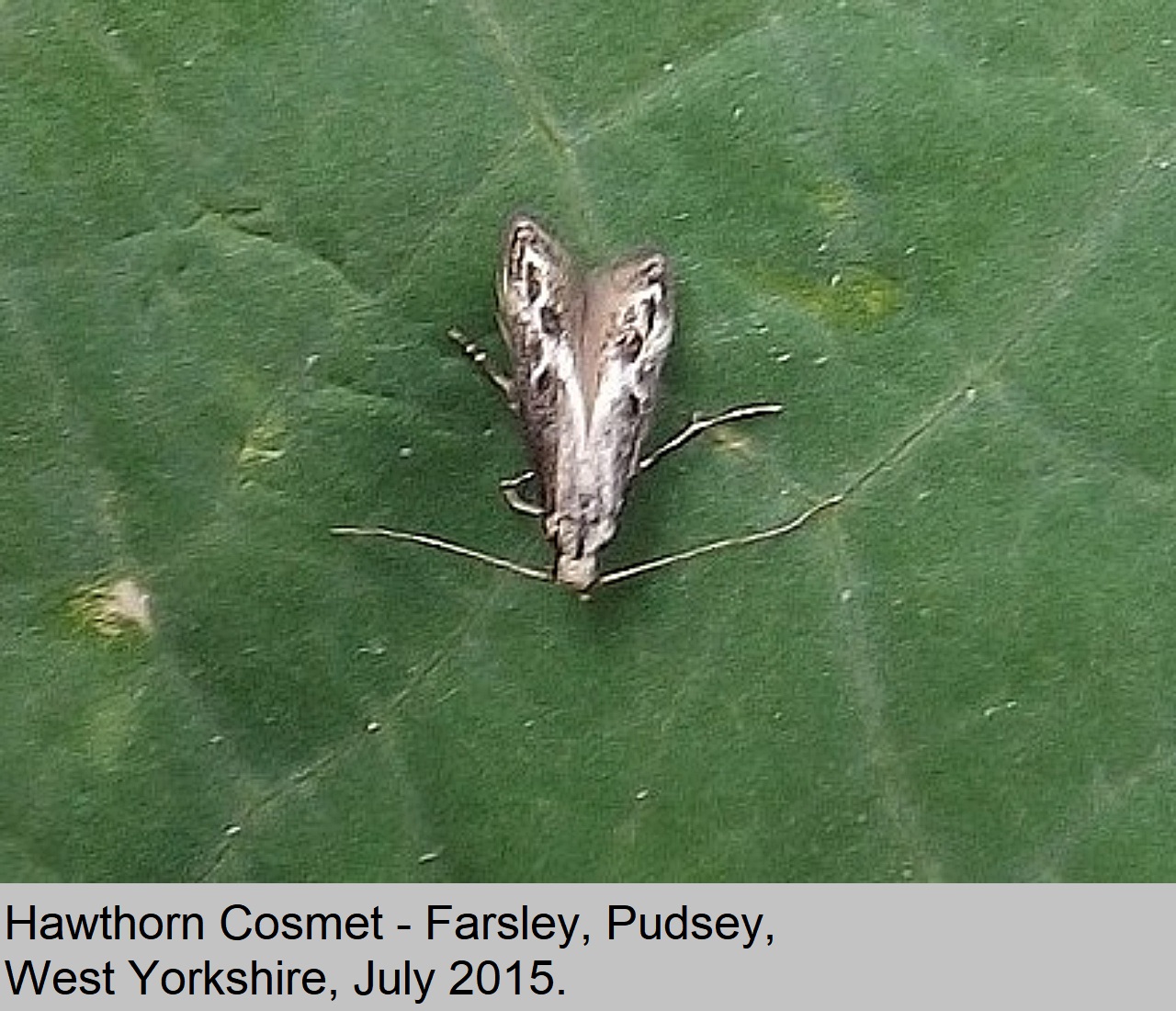 |
|
Status: Resident in UK. Wing Span: 10mm to 11mm. Flight Period: June and July. Habitat: Hedgerows, parks, gardens and woodland edges. Where hawthorn is present, the larvae feed on the berries. Comment: This species is fairly common in England, and parts of Scotland. |
| (Stainton 1849) | (Stainton 1849) | (Curtis 1839) | (Curtis 1839) | (Curtis 1839) |
| Elachistidae - Elachistinae | Elachistidae - Elachistinae | Momphidae - Momphinae | Momphidae - Momphinae | Momphidae - Momphinae |
| Pearled Dwarf | Pearled dwarf | Buff Mompha | Buff Mompha | Buff Mompha |
| Elachista apicipunctella | Elachista apicipunctella | Mompha ochraeella | Mompha ochraeella | Mompha ochraeella |
| 38.032 BF 602 | 38.032 BF 602 | 48.002 BF 886 | 48.002 BF 886 | 48.002 BF 886 |
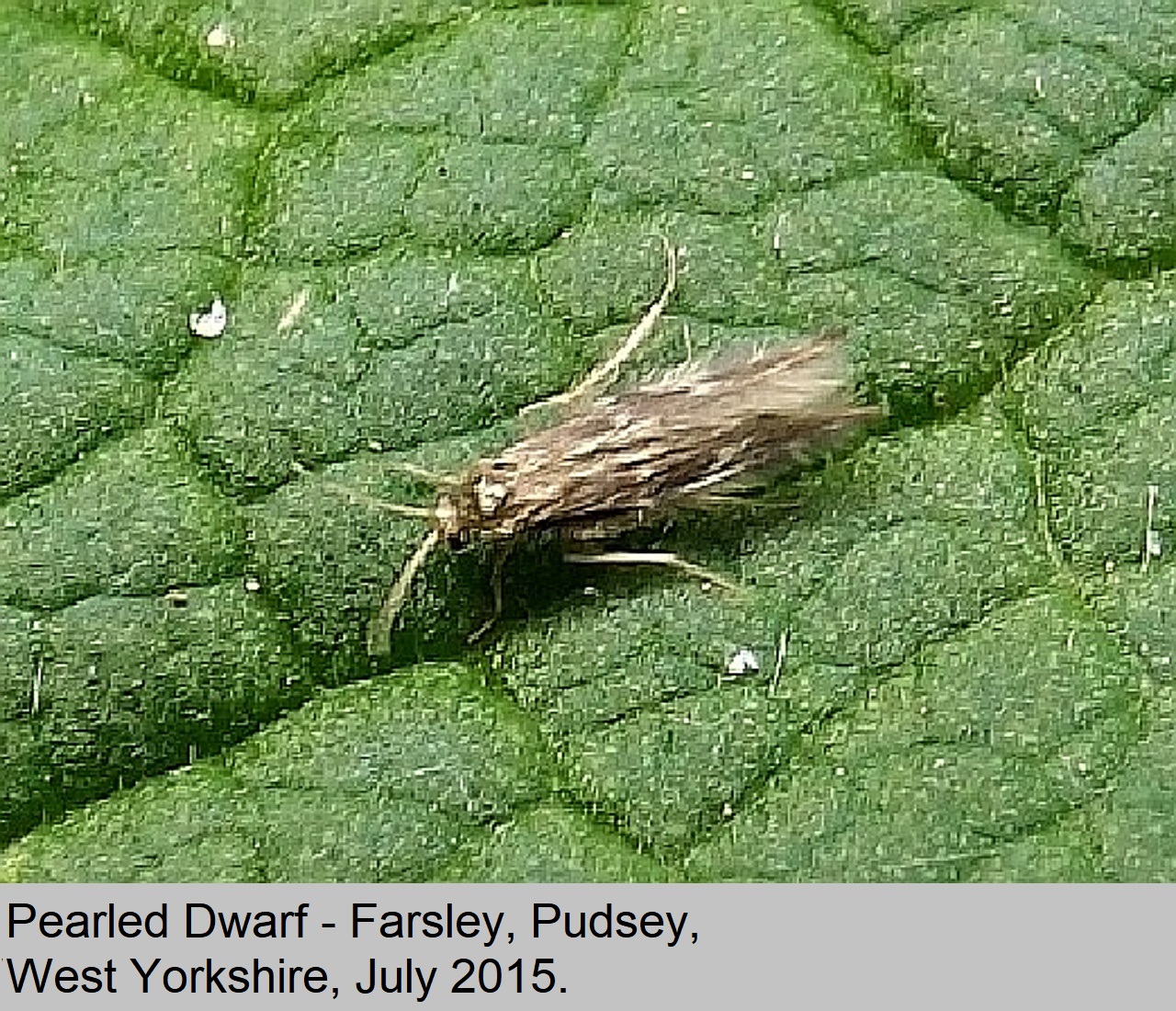 |
Status: Resident in UK. Wing Span: 10mm to 12mm. Flight Period: May to June in the south, and June to August in the north Habitat: Most sheltered grassy places, such as woodland clearings, and sheltered meadows. The larvae feed on various grasses. Comment: This moth is fairly common in parts of the UK. |
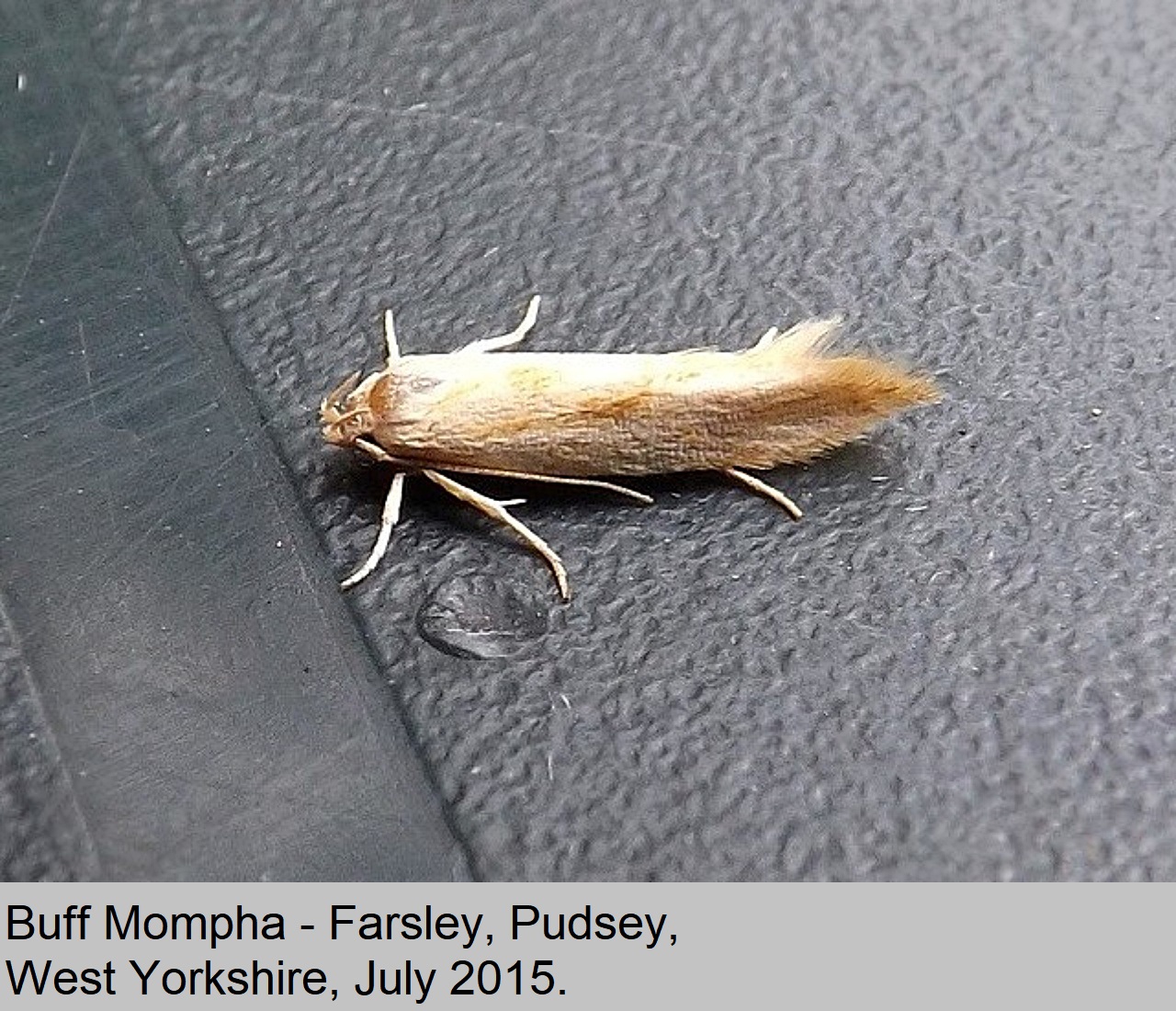 |
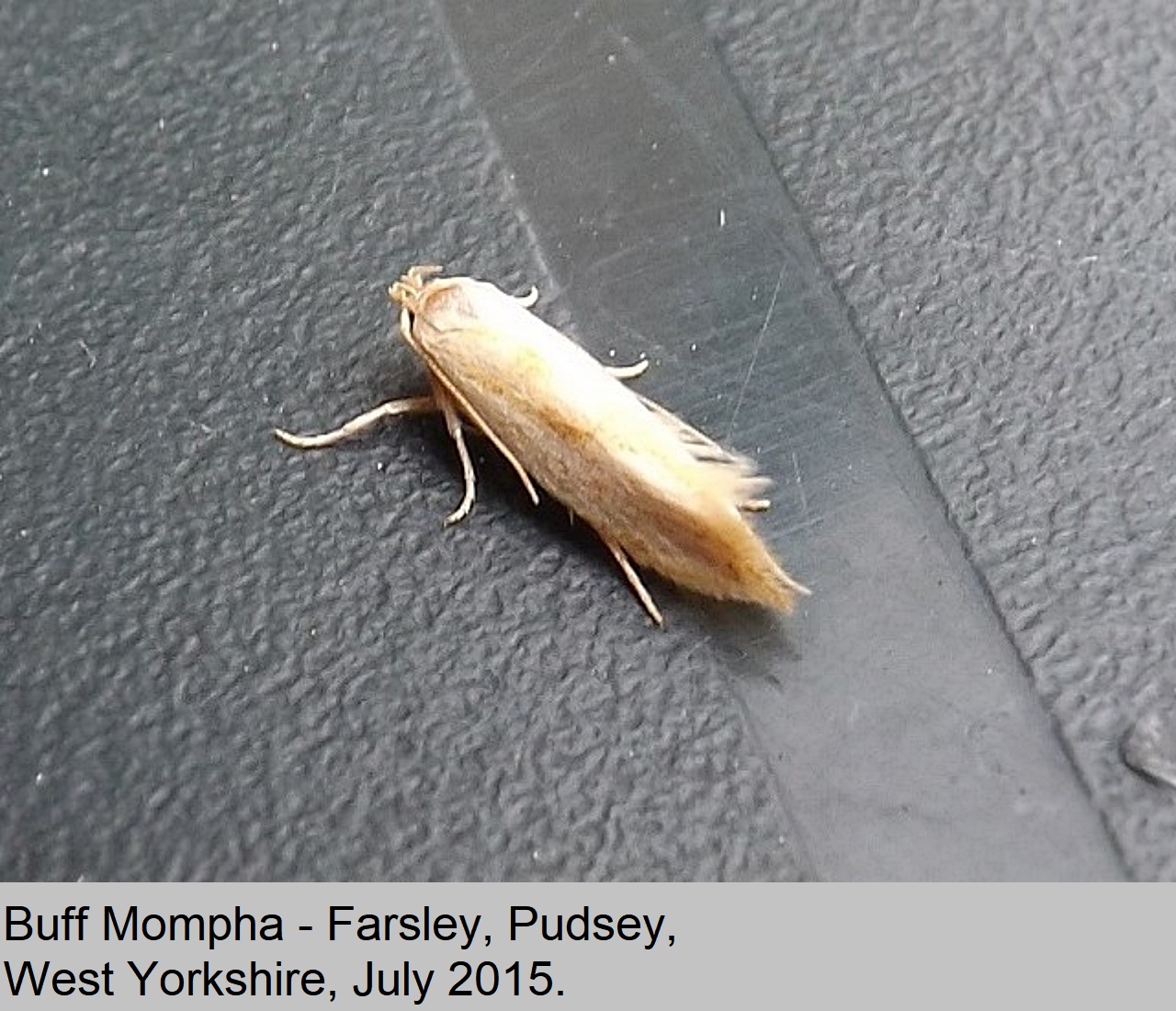 |
Status: Resident in UK. Wing Span: 14mm to 16mm. Flight Period: Late May through to August. Habitat: Damp places where its food plant Great Willowherb is. Comment: This moth is well distributed in the UK, as far north as Moray. |
| (Haworth 1828) | (Haworth 1828) | (Haworth 1828) | (Walsingham 1894) | |
|
Momphidae - Momphinae Garden Mompha |
Momphidae - Momphinae Garden Mompha |
Momphidae - Momphinae Garden Mompha |
Blastobasidae - Blastobasinae | |
| Mompha subbistrigella | Mompha subbistrigella | Mompha subbistrigella | Dingy Dowd - Blastobasis adustella | |
| 48.008 BF 892 | 48.008 BF 892 | 48.008 BF 892 | 41.002 BF 873 | |
|
|
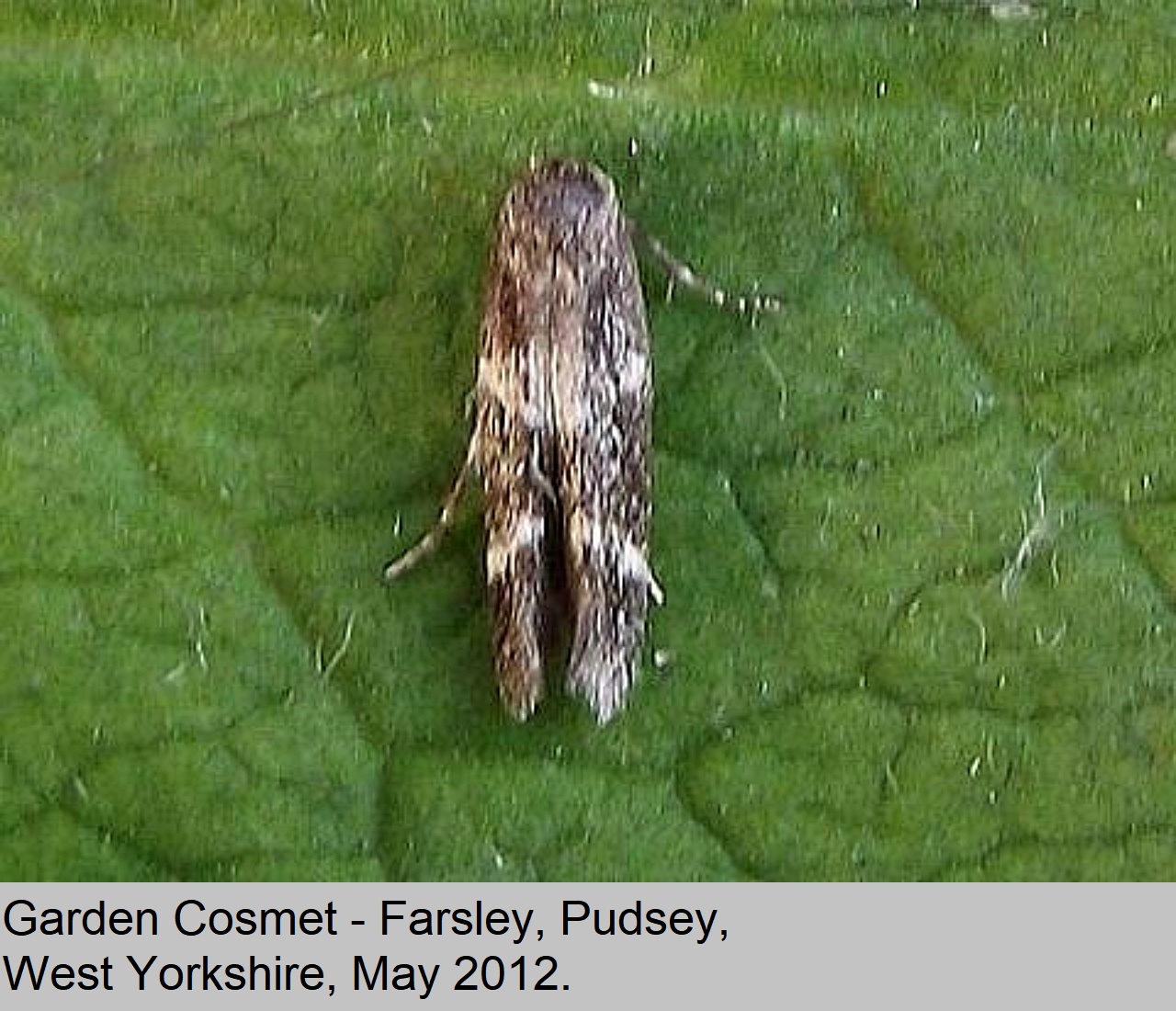 |
Status: Resident in UK. Wing Span: 7mm to 12mm. Flight Period: Late summer, hibernating, re-appearing in May or June . Habitat: Most open areas where the food plants willowherb grows. Comment: This Species is fairly common, and widely distributed in England and Wales. In Scotland and Ireland it is less common . |
 |
Species 45.010 to 48.001 continued on the next page |
| (Linnaeus 1785) | (Linnaeus 1785) | (Linnaeus 1785) | (Walsingham 1894) | (Walsingham 1894) |
| Alucitidae - Alucitinae | Alucitidae - Alucitinae | Alucitidae - Alucitinae | Blastobasidae - Blastobasinae | Blastobasidae - Blastobasinae |
| Many Plumed Moth - Alucita hexadactyla | Many Plumed Moth - Alucita hexadactyla | Many Plumed Moth - Alucita hexadactyla | Dingy Dowd - Blastobasis adustella | Dingy Dowd - Blastobasis adustella |
| 44.001 BF 1288 | 44.001 BF 1288 | 44.001 BF 1288 | 41.002 BF 873 | 41.002 BF 873 |
|
|
|
Status: Resident in UK. Wing Span: 14mm to 16mm. Flight Period: Spring through until the autumn, in overlapping broods. Habitat: Parks, gardens, wood land, hedgerows where the food plant Honeysuckle grows. Comment: This moth is fairly common and well distributed throughout the British Isles. |
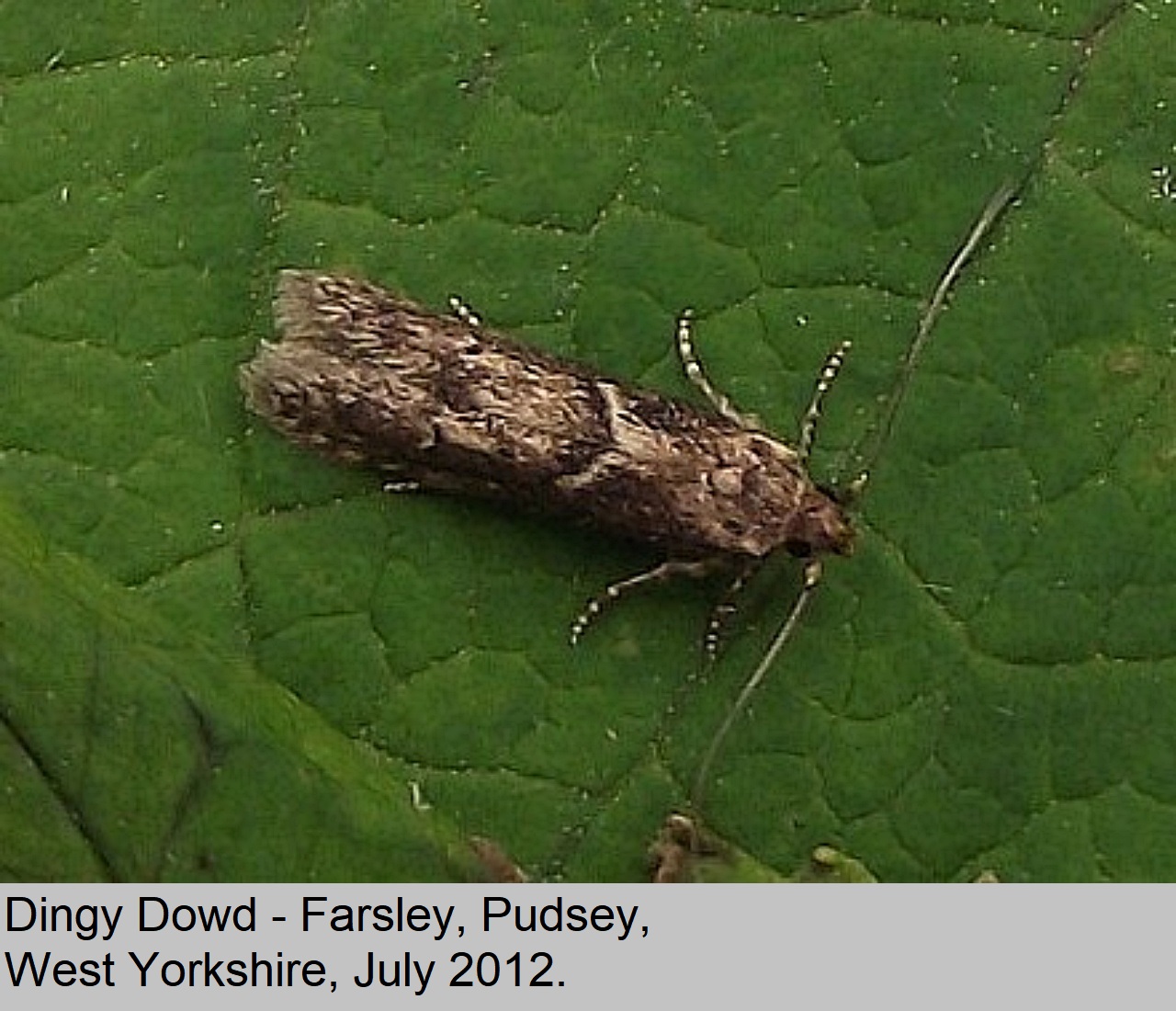 |
Status: Resident in UK. Wing Span: 15mm to 20mm. Flight Period: Mid July through to September. Habitat: Parks and gardens, with Yew trees present, although they feed on bird droppings, and spongy oak galls. Comment: This moth is common in the UK, except the Scottish islands. |
|
Contact Website Manager dave.hatton29@btinternet.com |
Web Designer Dave Hatton |
Dave Hatton reserves the copyright on all images. © 2022 |
||||||